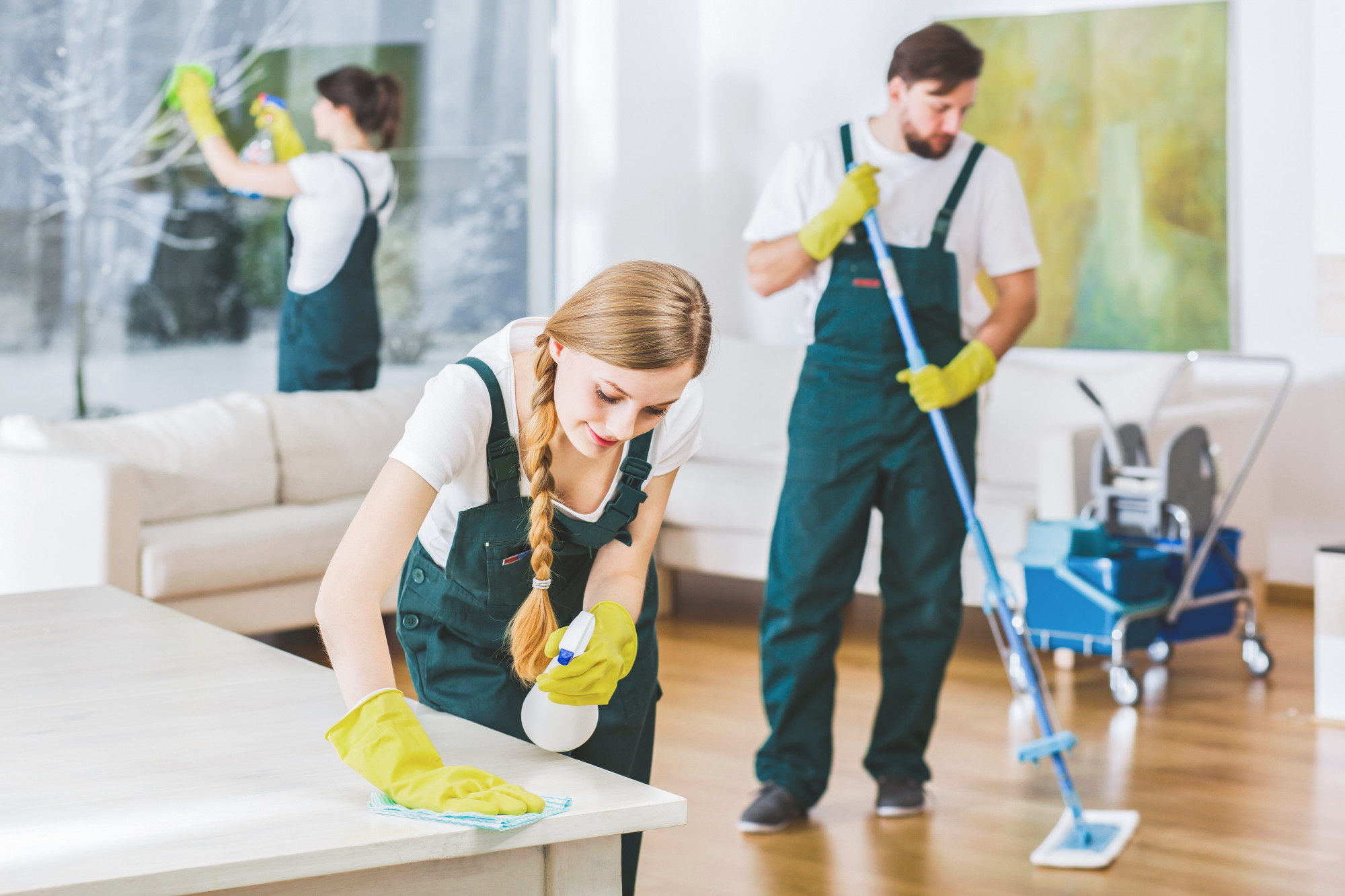Detailed Everyday Cleaning Tips: From Defrosted and Cleaned Every Few Months to Removing Clutter
Detailed Everyday Cleaning Tips: From Defrosted and Cleaned Every Few Months to Removing Clutter
Blog Article
Understanding the Need for Completely Sanitizing and Sanitizing Often Touched Surfaces in High-Traffic Locations
In the realm of public wellness and safety, the thorough sanitation and sanitization of often touched surfaces in high-traffic areas stand as vital actions in preventing the spread of damaging virus. By discovering the different elements of surface disinfection, from the risks connected with disregarding cleaning methods to the reliable approaches that can be employed, a more clear understanding arises of the vital role these practices play in securing public health and wellness.
Importance of Surface Disinfection
Highlighting the extensive sanitation of high-traffic surface areas is critical in preserving a sanitary atmosphere and avoiding the spread of damaging microorganisms. High-touch surface areas such as door deals with, light buttons, elevator switches, and countertops act as breeding grounds for germs and viruses. Normal disinfection of these surface areas is important to minimize the danger of contamination and transmission of ailments.
By applying a durable sanitation method, establishments and organizations can produce a much safer environment for consumers, site visitors, and staff members. Appropriate surface sanitation not only alleviates the spread of infectious conditions however also infuses confidence in the sanitation and security of the premises. This positive technique demonstrates a dedication to health and wellness and health, which is particularly vital in high-traffic areas where the likelihood of exposure to microorganisms is heightened.
Moreover, surface area disinfection plays an essential role in general infection control strategies. Incorporated with hand health practices, putting on masks, and maintaining physical distancing, extensive disinfection of high-touch surfaces develops a comprehensive defense versus the transmission of damaging microbes. Prioritizing surface sanitation is a crucial part of a holistic technique to health and safety in common rooms.
Risks of Ignoring Cleansing Practices
Overlooking thorough disinfection of high-traffic surfaces dramatically increases the threat of bacterial and viral contamination, posturing a serious danger to the health and wellness and security of people frequenting these rooms. Failure to carry out correct cleansing practices can result in the build-up and spread of harmful virus, consisting of bacteria and viruses, on frequently touched surfaces such as doorknobs, hand rails, lift buttons, and kitchen counters.

Additionally, neglecting the value of comprehensive cleansing not just jeopardizes the wellness of individuals yet likewise undermines efforts to preserve a tidy and hygienic environment. It is crucial to acknowledge the significance of proper disinfection protocols in stopping the spread of infections and safeguarding public health.
Efficient Disinfection Techniques
To preserve ideal cleanliness and lower the risk of contamination on high-traffic surfaces, employing effective disinfection approaches is essential. One of the most usual and efficient sanitation techniques is utilizing chemical disinfectants.
One more reliable approach is making use of click for info UV-C light. UV-C light has been revealed to be efficient in eliminating a wide selection of bacteria by disrupting their DNA framework, thus preventing them from replicating. It is important to use UV-C light effectively, making sure that the proper strength and exposure time are used to achieve the wanted disinfection outcomes.
Additionally, using steam cleaning as a sanitation technique can be extremely effective, particularly on surfaces that are heat-resistant. Steam can pass through permeable surface areas and eliminate microorganisms, infections, and various other microorganisms properly. When utilizing vapor cleaning, it is essential to ensure that the surface reaches the required temperature level for an adequate quantity of time to ensure appropriate disinfection.
Impact on Public Wellness
The maintenance of high criteria of sanitation and sanitation on high-traffic surfaces plays a crucial role in safeguarding public health. Frequently touched surfaces in areas with high tramp, such as doorknobs, hand rails, lift buttons, and restroom centers, work as breeding grounds for dangerous microorganisms. Falling short to appropriately decontaminate these surface areas can bring about the fast spread of infectious conditions within areas. By executing thorough disinfection methods, the risk of transmission of infections, microorganisms, and other bacteria can be visit this site right here substantially reduced.
In high-traffic locations like flight terminals, institutions, health centers, and public transport systems, the influence of extensive sanitation procedures can not be downplayed. Prioritizing the sanitization of often touched surfaces is a positive method to promoting public health and enhancing the safety and security of people in shared areas.
Carrying Out Routine Cleaning Up Procedures
Quickly instituting and sticking to a regular timetable of cleansing protocols is paramount for maintaining the sanitation and security of high-traffic surfaces. Normal cleaning procedures are important in stopping the accumulation of bacteria and pathogens on frequently touched surface areas, particularly in locations with high foot website traffic. By implementing an organized method to cleansing, organizations can successfully minimize the risk of condition transmission and create a much healthier environment for staff members, customers, and the general public.
To establish a reliable cleansing routine, it is important to recognize high-traffic areas that call for constant interest. These areas might include doorknobs, hand rails, lift switches, washroom centers, and common equipment. Executing a regular cleaning routine that targets these surfaces several times a day can considerably minimize the spread of harmful microorganisms and viruses.
Additionally, utilizing suitable cleansing agents and anti-bacterials is vital to guaranteeing that surface areas are extensively sanitized. Routine training of cleansing staff on proper cleaning techniques and the importance of adherence to the cleaning schedule is likewise crucial in keeping a sanitary setting. By prioritizing consistent cleaning procedures, companies can advertise the wellness and health of individuals who communicate with these high-traffic surfaces.

Conclusion
Finally, it is essential to prioritize extensive disinfection and sanitization of frequently touched surface areas in high-traffic locations to avoid the spread of dangerous microorganisms and maintain public health. Disregarding correct cleansing methods can increase the threat of contamination and transmission of conditions. By carrying out normal cleaning useful source protocols and making use of reliable sanitation techniques, we can produce a safer setting for every person (defrosted and cleaned every few months). It is crucial to acknowledge the significance of preserving clean surface areas in high-traffic locations to make certain the wellness of the community.
In the realm of public health and wellness and safety, the meticulous sanitation and sanitization of regularly touched surfaces in high-traffic locations stand as paramount steps in preventing the spread of dangerous virus. By exploring the different aspects of surface sanitation, from the risks associated with overlooking cleansing methods to the efficient approaches that can be employed, a clearer understanding arises of the important function these methods play in guarding public wellness.In addition, employing heavy steam cleansing as a sanitation approach can be very efficient, especially on surfaces that are heat-resistant. When using steam cleaning, it is important to make sure that the surface area gets to the called for temperature level for a sufficient quantity of time to ensure correct sanitation.
In final thought, it is critical to focus on detailed sanitation and sanitization of often touched surface areas in high-traffic locations to stop the spread of damaging microorganisms and maintain public health.
Report this page